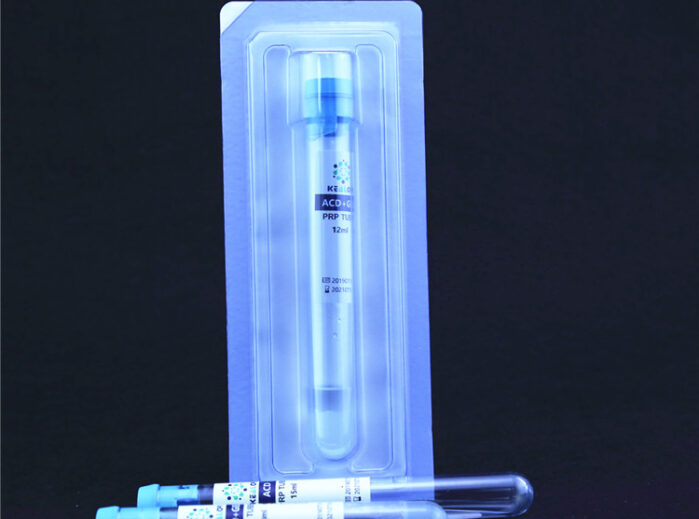PRP kits handle anticoagulants or additives by including them as part of the kit components or providing instructions for their use during the PRP preparation process. Anticoagulants are commonly used in PRP kits to prevent blood from clotting during the collection and processing of PRP. Additives, on the other hand, may be included to enhance platelet activation and growth factor release. Here’s how PRP kits typically handle anticoagulants and additives:
1. Anticoagulants:
- PRP kits often provide anticoagulants in pre-measured vials or tubes. These anticoagulants are added to the collected blood before processing to prevent it from clotting during centrifugation and preparation.
- Common anticoagulants used in PRP kits include citrate, heparin, and ACD (acid-citrate-dextrose).
- Anticoagulants are necessary to ensure that PRP remains in a liquid state for processing. If blood clots during the preparation process, it can affect the quality of PRP.
2. Additives:
- Some PRP kits may include additives or activators that are mixed with PRP after processing to initiate platelet degranulation and the release of growth factors.
- Common additives include calcium chloride (CaCl2) or other calcium salts, thrombin, or calcium gluconate.
Considerations for Patients with Coagulation Disorders:
- Patients with coagulation disorders or bleeding tendencies require special consideration when using PRP kits. In these cases, the use of anticoagulants and additives should be carefully evaluated.
- For patients with coagulation disorders, healthcare providers may need to consult with a hematologist or specialist to determine the most appropriate anticoagulant, if any, to use during PRP preparation.
- In some cases, alternative PRP processing methods that minimize the use of exogenous anticoagulants may be considered for patients with bleeding disorders. For example, autologous activation methods or low-speed centrifugation techniques may be employed.
It is essential for healthcare providers to thoroughly assess each patient’s medical history, including any coagulation disorders or bleeding tendencies, before performing PRP therapy. The choice of anticoagulant and additives, as well as their dosages, should be tailored to the individual patient’s needs and safety. Patients with coagulation disorders should receive specialized care and monitoring to minimize the risk of bleeding or other complications associated with PRP therapy.








